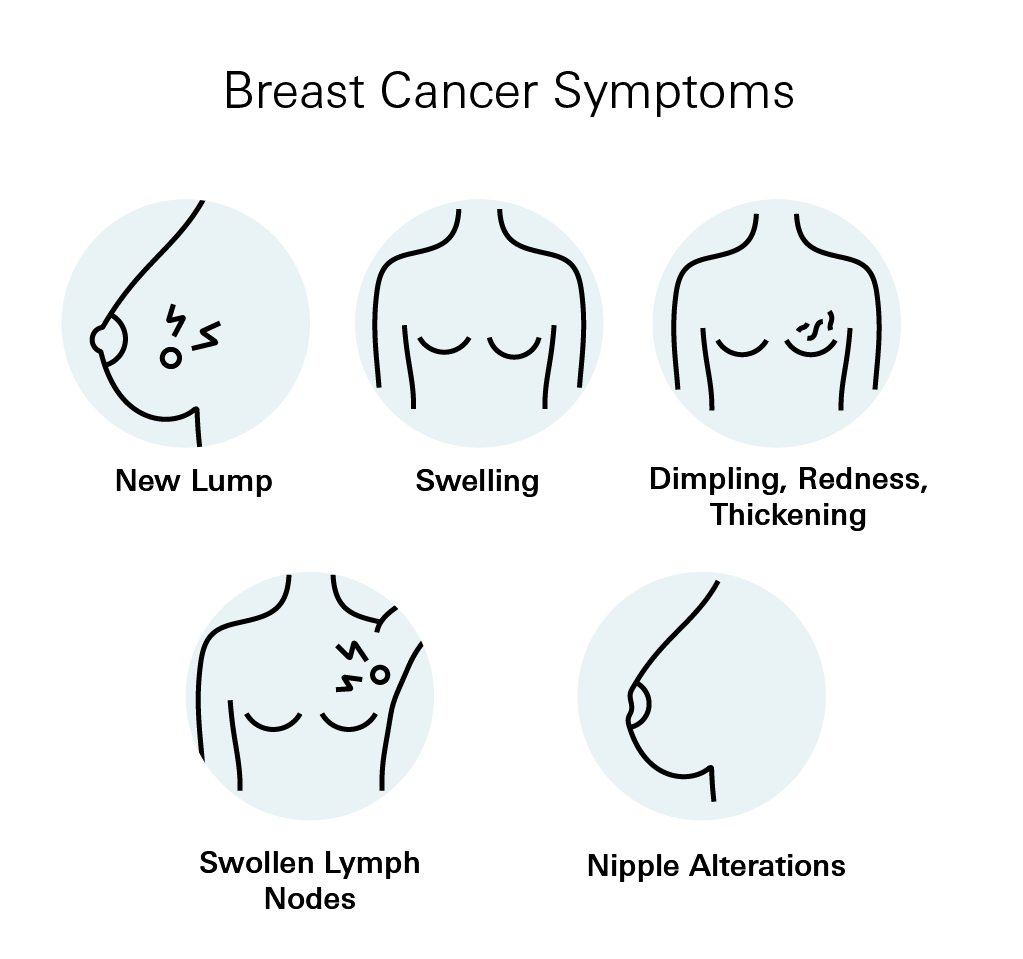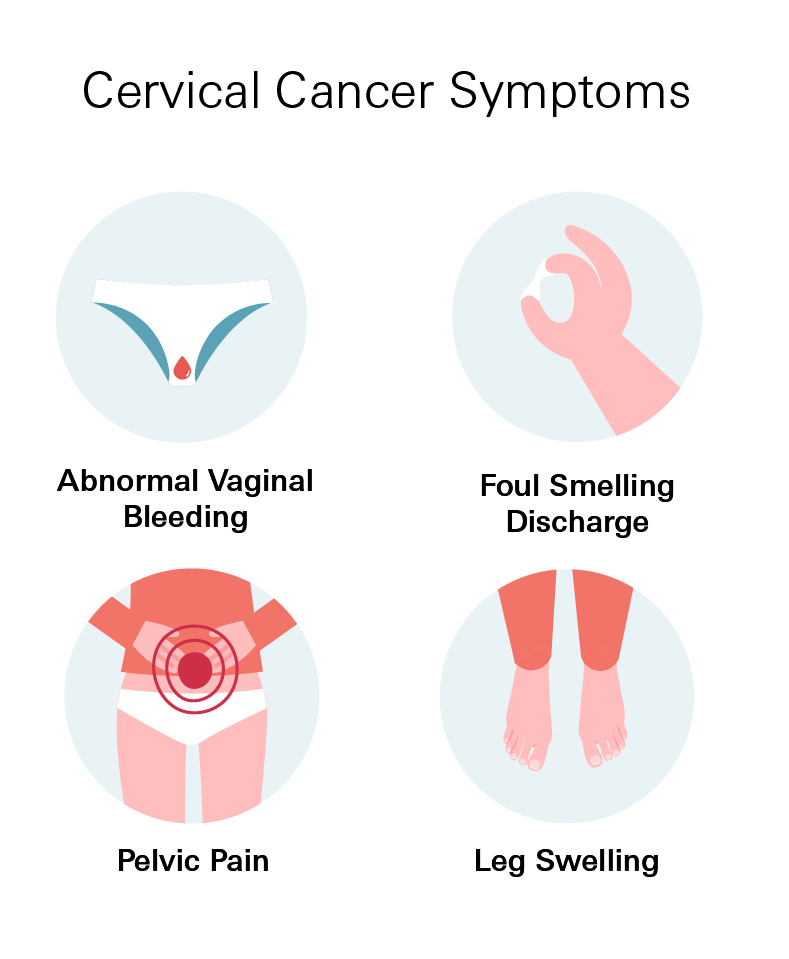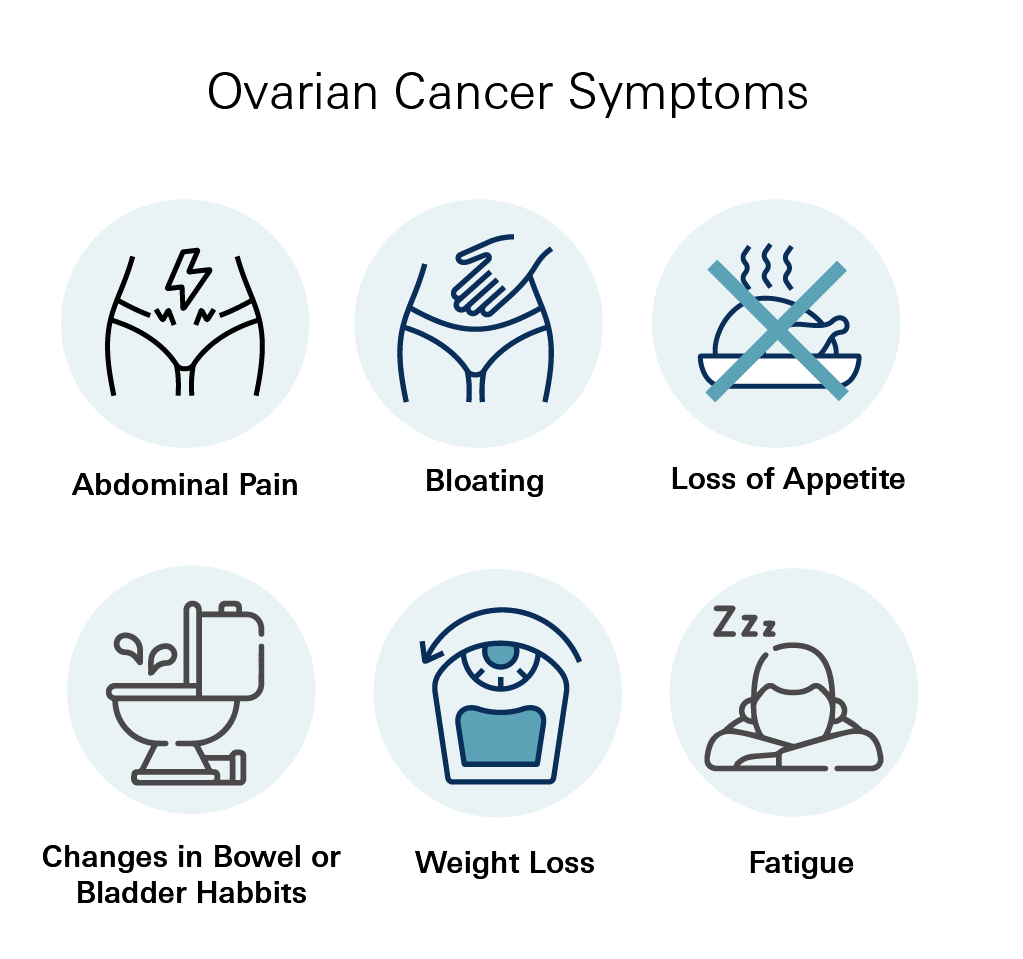3 Cancers Every Woman Should Know
- Breast Cancer: Most common cancer in women (excluding skin cancers). Early detection through mammograms is crucial. Know your risk factors and discuss screening options with your doctor.
- Cervical Cancer: Often linked to HPV. Regular Pap tests and HPV tests are vital for early detection. The HPV vaccine is a highly effective preventative measure.
- Ovarian Cancer: Often called a "silent" cancer due to vague early symptoms. No reliable general screening test exists. Be aware of potential symptoms (bloating, pelvic pain, changes in bowel/bladder habits) and see a doctor if they are persistent. Discuss risk factors with your doctor.
Cancer is one of the most pressing health concerns for women, yet some types develop silently, showing few warning signs until they’ve progressed. While screening and treatment have improved outcomes, awareness remains the first line of defense.
Certain cancers affect women more frequently. 3 types stand out, not only because of their prevalence but also due to their impact on health when detected late.
Breast Cancer
Breast cancer is the most common cancer diagnosed in women in the United States, excluding skin cancers. It accounts for about 30% of all new cancers diagnosed in women each year.
In 2025, it is estimated that:
- Approximately 316,950 new cases of invasive breast cancer will be diagnosed in women.
- Approximately 42,170 women are expected to die from breast cancer.

Signs and Symptoms
It's crucial to know what's normal for your breasts so you can detect changes. Common signs and symptoms include:
- New lump or mass: Often painless, hard, and with irregular edges, but some may be tender, soft, or rounded.
- Swelling: Part or all of the breast may swell, even without a distinct lump.
- Skin changes: Dimpling, redness, or thickening of the breast skin.
- Nipple alterations: Pain, an inverted nipple, or unusual discharge (not breast milk).
- Swollen lymph nodes: Enlarged lymph nodes under the arm or near the collarbone.
Risk Factors
- Gender and age: Being female and getting older are primary risk factors.
- Genetic mutations: Inherited changes, especially in the BRCA1 and BRCA2 genes, significantly increase risk.
- Family history: A close relative with breast cancer increases your risk.
- Reproductive history: Early menstruation (before age 11) or late menopause (after age 55) increase risk due to longer exposure to hormones.
- Lifestyle: Lack of physical activity, being overweight or obese, and alcohol consumption contribute to increased risk.
Screening and Early Detection
- Women aged 40 to 44: Have the option to begin annual mammograms.
- Women aged 45 to 54: Should get mammograms every year.
- Women 55 and older: Can switch to mammograms every two years or continue with yearly screening.
It's important to discuss personal risk factors with your healthcare provider to determine the most appropriate screening schedule.
Cervical Cancer
Cervical cancer develops in the cells of the cervix, the lower part of the uterus that connects to the vagina.
While screening and vaccination have significantly reduced cases, it remains a concern, particularly for women in their 30s and 40s. Most cases are linked to persistent infection with high-risk strains of the human papillomavirus (HPV), a common virus spread through intimate contact.

Signs and Symptoms
Early stages of cervical cancer often present no symptoms. As the disease progresses, signs may include:
- Abnormal vaginal bleeding: Bleeding between periods, after intercourse, or post-menopause.
- Unusual discharge: Foul-smelling or watery discharge.
- Pelvic pain: Discomfort during intercourse or at other times.
- Leg swelling: Advanced stages may cause leg swelling.
These symptoms can also result from other conditions, so it's important to consult a healthcare provider for an accurate diagnosis.
Risk Factors
- Human papillomavirus (HPV) infection: A significant risk factor, especially with high-risk strains such as HPV 16 and 18.
- Smoking: Doubles your risk.
- Weakened immune system: Conditions like HIV/AIDS reduce your body's ability to fight infections, including HPV.
- Chlamydia: A common sexually transmitted infection linked to higher cervical cancer risk.
- Long-term use of oral contraceptives.
- Multiple full-term pregnancies: Having three or more full-term pregnancies may elevate risk.
Screening and Early Detection
- Women aged 25 to 65: Primary HPV test every five years. If unavailable, a co-test (HPV and Pap test) every five years or a Pap test alone every three years.
Vaccination against HPV is also an effective preventive measure, ideally administered before becoming sexually active.
Ovarian Cancer
Ovarian cancer develops in the tissues of the ovaries, the female reproductive glands that produce eggs. Often called a "silent" disease, its early stages typically have few or vague symptoms, leading to delayed diagnoses.
In 2025, it is estimated that approximately 20,890 women in the United States will be diagnosed with ovarian cancer, and about 12,730 will die from it.
This cancer primarily affects older women, with about half of diagnoses occurring in those aged 63 or older. While it accounts for only 2.5% of all female cancers, it is responsible for 5% of cancer deaths in women due to late detection.

Signs and Symptoms
Ovarian cancer is often called a "silent disease" because early symptoms can be mild or mistaken for other common conditions. As the cancer progresses, symptoms may become more noticeable and persistent.
- Abdominal or pelvic pain: Constant discomfort or pressure in the lower abdomen.
- Bloating: Frequent or persistent bloating that doesn't go away.
- Changes in appetite: Feeling full quickly or loss of appetite.
- Changes in bowel or bladder habits: Increased urgency or frequency of urination, constipation, or diarrhea.
- Unexplained weight loss: Losing weight without changes in diet or activity.
- Fatigue: Ongoing tiredness that doesn't improve with rest.
Since these symptoms can overlap with other conditions, it is important to pay attention to changes that are unusual, persistent, or worsening over time.
Risk Factors
- Age: Most cases occur in women over 50, with the highest risk in those 63 and older.
- Genetics and family history: Mutations in BRCA1 and BRCA2 genes significantly increase risk. Having close relatives with ovarian, breast, or colorectal cancer also raises risk.
- Hormonal factors: Early menstruation (before age 12), late menopause (after age 50), and never giving birth may contribute to a higher risk.
- Endometriosis: This condition, where tissue similar to the uterine lining grows outside the uterus, has been linked to an increased risk.
- Obesity: Higher body weight may slightly increase your risk of ovarian cancer.
Screening and Early Detection
Unlike breast and cervical cancers, there is no widely recommended routine screening test for ovarian cancer. However, for those at higher risk due to family history or genetic mutations, screening strategies may include:
- Pelvic exam: A routine part of gynecologic care, but not highly effective at detecting early-stage ovarian cancer.
- Transvaginal ultrasound: Uses sound waves to examine the ovaries for abnormalities but cannot confirm cancer.
- CA-125 blood test: Measures levels of CA-125, a protein that may be elevated in ovarian cancer. However, it is not always reliable, as other conditions can also raise CA-125 levels. This test is more useful for monitoring treatment in women already diagnosed with ovarian cancer.
Prevention and Early Detection
While preventing all cancers isn't always possible, reducing your risk and detecting cancer early can significantly improve outcomes. Routine screenings are among the most effective tools for early detection.
Mammograms can identify breast cancer before symptoms appear, and regular Pap tests or HPV tests can detect cervical cancer in its earliest stages. Because ovarian cancer lacks a reliable screening test for the general population, symptom awareness and close medical follow-up are especially important, particularly for those at higher risk.
Lifestyle Choices
Lifestyle choices also play a role in reducing cancer risk. Maintaining a healthy weight, staying physically active, and eating a diet rich in fruits, vegetables, and whole grains can help support overall health. Avoiding tobacco products and limiting alcohol intake may also lower the likelihood of developing certain cancers.
For cervical cancer, the HPV vaccine provides strong protection against the virus responsible for most cases.
References:
- American Cancer Society. How Common Is Breast Cancer? American Cancer Society. Updated January 2024. Available from: https://www.cancer.org/cancer/types/breast-cancer/ about/how-common-is-breast-cancer.html.
- American Cancer Society. Key Statistics for Ovarian Cancer. American Cancer Society. Available from: https://www.cancer.org/cancer/types/ovarian-cancer/about/key- statistics.html.